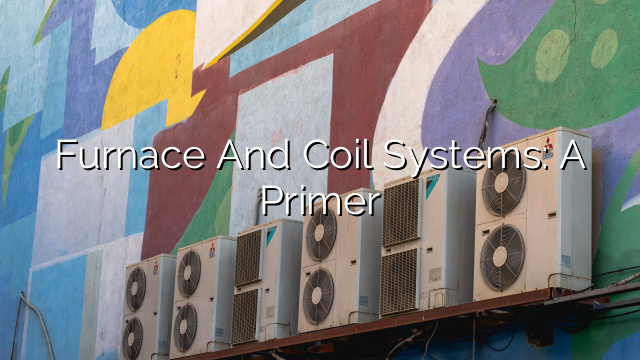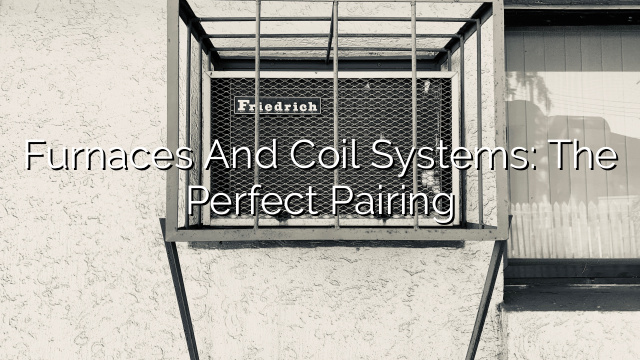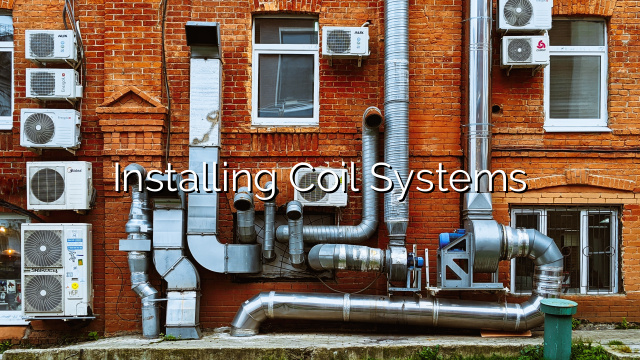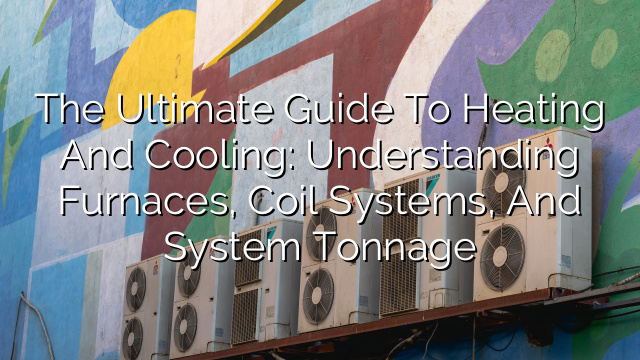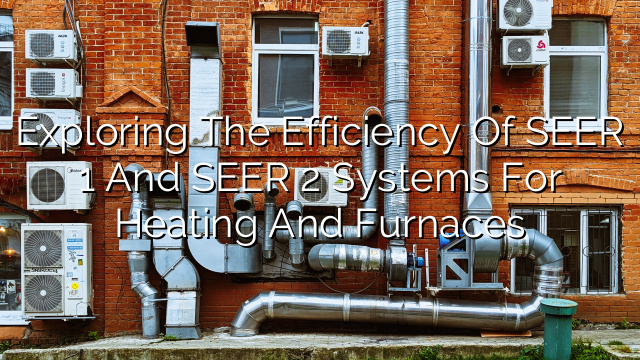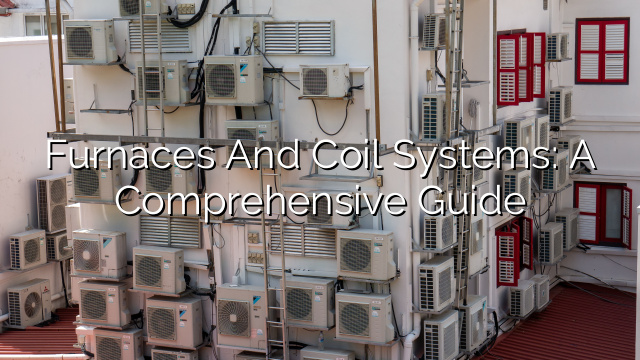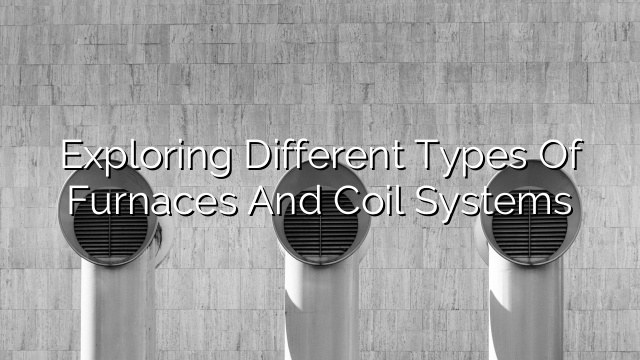Furnace and Coil Systems: A Primer
When it comes to heating and cooling your home, there are several options available. Furnace and coil systems are a popular choice for many homeowners. This article will provide a primer on furnace and coil systems, including how they work and the benefits they offer.
How Furnace and Coil Systems Work
Furnace and coil systems, also known as forced air systems, work by distributing heated or cooled air throughout your home using ductwork. The system consists of a furnace, which heats or cools the air, and a coil, which transfers the heat or coolness to the air.
When the thermostat in your home senses that the temperature needs to be adjusted, it sends a signal to the furnace to turn on. The furnace then heats or cools the air, which is then forced through the coil. The coil transfers the heat or coolness to the air, and the now conditioned air is distributed throughout your home via the ductwork.
Furnace and coil systems can be powered by electricity, natural gas, or oil, depending on the type of furnace you have. Electric furnaces use heating elements to warm the air, while gas and oil furnaces use burners to create combustion and generate heat.
The Benefits of Furnace and Coil Systems
There are several benefits to choosing a furnace and coil system for your home:
- Efficiency: Furnace and coil systems are known for their energy efficiency. Newer models are designed to use less energy, which can lead to lower utility bills. Additionally, the ability to control the temperature in different zones of your home can help you save even more on energy costs.
- Even Heating and Cooling: Furnace and coil systems provide even heating and cooling throughout your home. The ductwork allows for consistent air distribution, ensuring that every room in your home stays comfortable.
- Versatility: Furnace and coil systems can be used for both heating and cooling, making them a versatile choice for any climate. Simply adjust the thermostat to your desired temperature, and the system will do the rest.
- Air Filtration: Furnace and coil systems often come with built-in air filtration systems. These filters help remove dust, allergens, and other particles from the air, improving the air quality in your home.
- Low Maintenance: Furnace and coil systems require minimal maintenance. Regular filter changes and an annual inspection are typically all that is needed to keep your system running smoothly.
FAQs
- How often should I change the filter in my furnace and coil system?
It is recommended to change the filter in your furnace and coil system every 1-3 months, depending on the type of filter you use and the amount of dust and debris in your home.
- How long can I expect my furnace and coil system to last?
A well-maintained furnace and coil system can last anywhere from 15 to 20 years. Regular maintenance and inspections can help prolong the lifespan of your system.
- Can I install a furnace and coil system myself?
It is not recommended to install a furnace and coil system yourself. These systems require professional installation to ensure they are properly sized and connected to the ductwork.
- Are furnace and coil systems noisy?
Furnace and coil systems can make some noise when they are running, but newer models are designed to be quieter than older models. Regular maintenance can also help minimize noise levels.
- Can furnace and coil systems be used with a smart thermostat?
Yes, furnace and coil systems can be used with a smart thermostat. Smart thermostats offer additional control and energy-saving features, allowing you to adjust the temperature of your home from anywhere using your smartphone.
In conclusion, furnace and coil systems are a reliable and efficient choice for heating and cooling your home. With even heating and cooling, energy efficiency, and the ability to control different zones, these systems offer numerous benefits. Regular maintenance and filter changes will help keep your system running smoothly for years to come.

